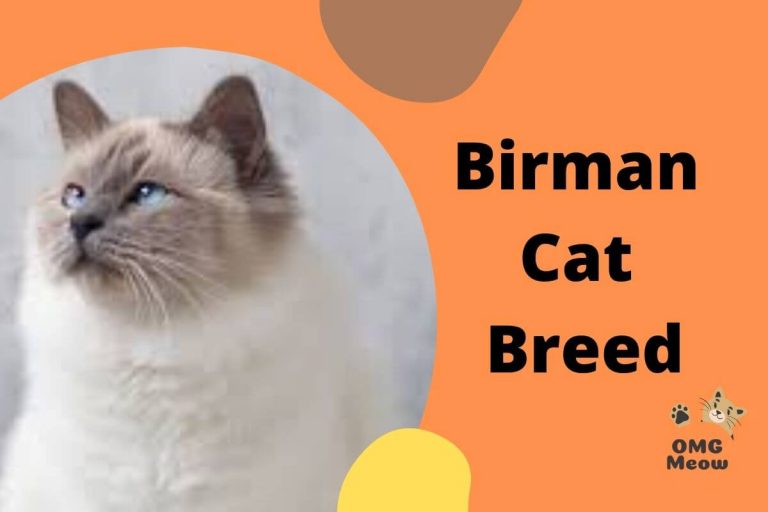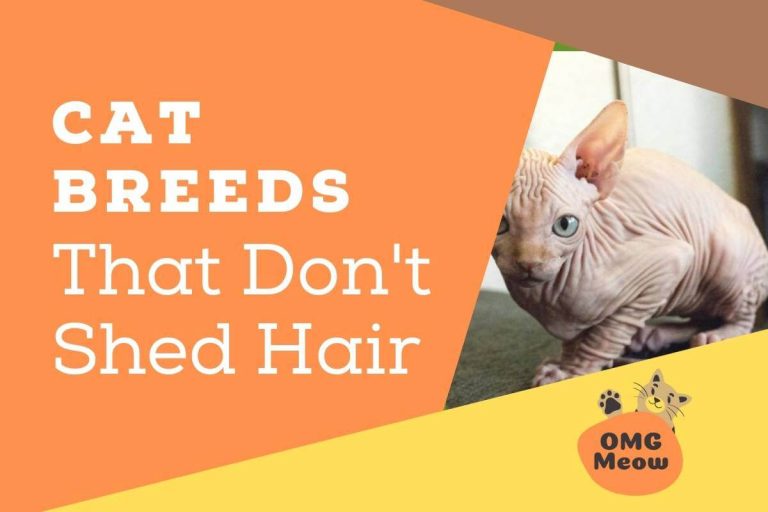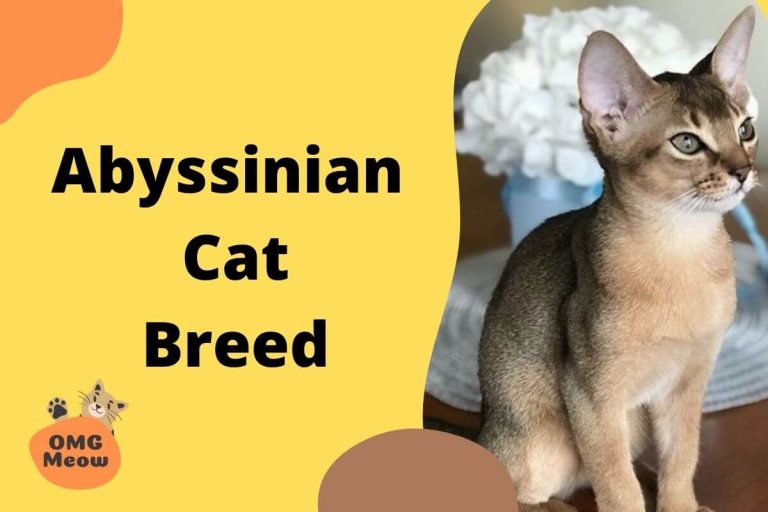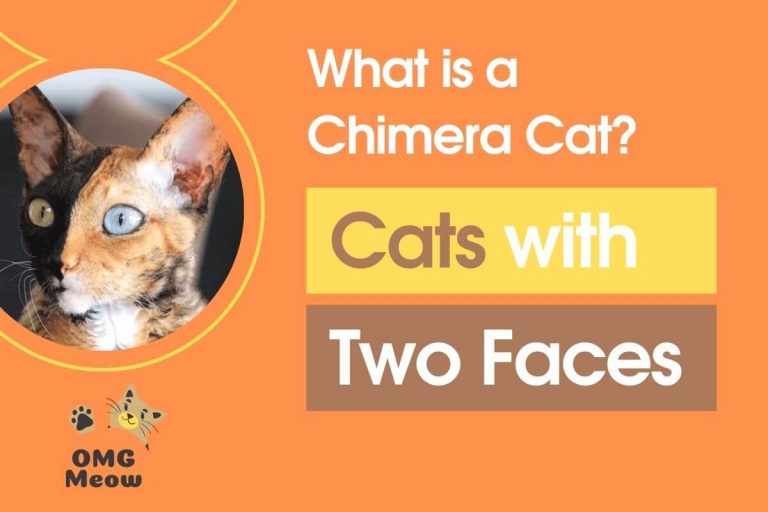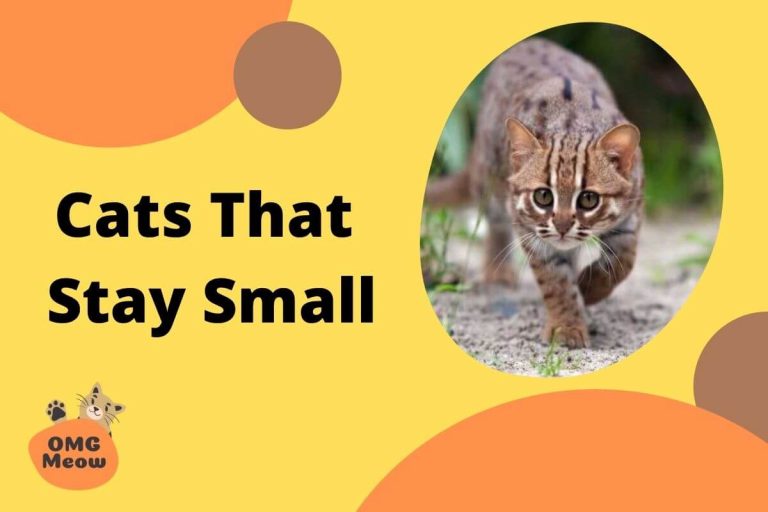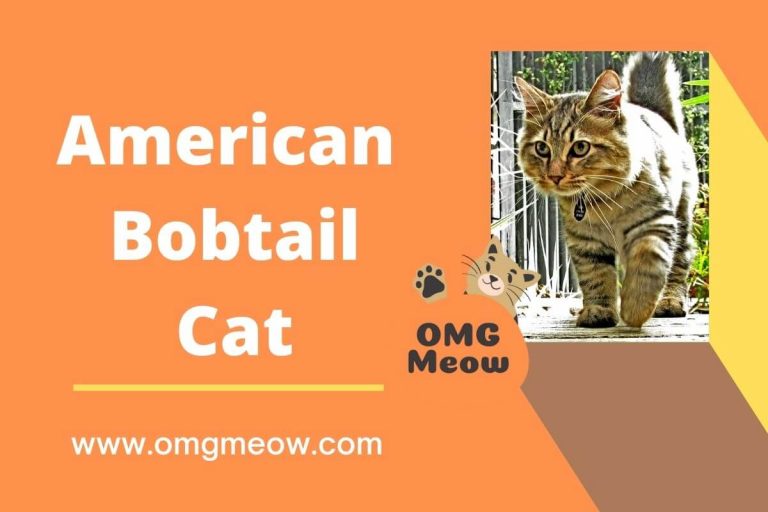The vast majority of cats are admired for their soft and beautiful fur; however, some are famous for the opposite. The so-called ” hairless cats ” are a group of breeds with a unique appearance, sometimes a little strange. The lack of hair, wrinkled skin, large ears, and almond-shaped eyes are the most praised characteristics.
What are hairless cat types? How do they differ and how did they originate? Read on below to learn about hairless cat breeds, sizes, colors, temperament traits, and basic care.
How many hairless cat breeds are there?
Considering the internationally recognized breeds and those that lack official recognition, we can speak of 9 breeds or types of hairless cats in total. They are:
- Sphinx cat
- Elf cat
- Dwelf cat
- Donskoy
- Bambino
- Peterbald
- Lykoi
- Minskin
- Ukrainian levkoy
Of these, only the Donskoy, the Lykoi, the Peterbald, and the Sphinx cat are recognized by the TICA ( The International Cat Association ), the largest genetic registry of cats in the world. Of the rest, some have been recognized as experimental breeds.
Let’s see what characterizes them and what you should know as a future owner…
1. Sphinx or Egyptian cat
Without a doubt, this is the most popular among all the hairless cats out there. The first sphinx cat emerged in Canada in the 1960s as a result of a naturally occurring recessive genetic mutation.
Little by little, the breeders developed the sphinx line by crossing it with other short-haired cats; This made it possible to create a broader and healthier gene pool. Some sphinx cats have patches of fine, soft fur, mainly on the face, legs, and tail.
He is an incredibly friendly hairless cat. Usually exhibits a very social, playful, inquisitive, and intelligent personality. You love being cared for and you often get along well with people outside the home.
Main features
- Slender and athletic body, with an approximate height of 20 to 25 cm, and a weight of 4.5 to 5.5 kg.
- Large, erect, and triangular ears (4 to 6 cm).
- Head significantly wrinkled.
- Wide range of colors and patterns, including white, black, blue, red, cream, chocolate, lavender, brindle, tortoiseshell, calico.
- Large and expressive eyes.
- Legs with long fingers, giving the appearance of hands.
- Sociable, affective, loyal temperament, easy to handle.
- The life expectancy of 9 to 15 years.
2. Elf cat
Product of the cross between the sphinx and American curl breeds, the friendly elf cat owes its name to one of its most distinctive features: arched ears. Obviously, this is a trait inherited from the American curl parent. It is considered a relatively new breed, created in the United States in 2004.
Although it is a type of hairless cat, its fur tends to have a fluffy-like feel, similar to the skin of a peach. Some specimens may have tufts of hair on the ears, nose, legs, or tail. It is distinguished by being a very wrinkled hairless cat breed, especially around the neck and head.
Elf cats are very patient, friendly, and active. They love being around their family, playing games, and climbing. As with most hairless cats, they need attention from their owner. It is not recommended to leave them alone for a long time.
Main features
- Strong and agile body, with an average size of 20 to 25 cm and a weight of up to 7 kg.
- Large ears with curved tips (usually without any hair inside).
- Large, walnut-shaped eyes.
- Thin, slim tail and well proportioned concerning the rest of the body.
- Variety of colors, including black, white, cream, and brown.
- Vocal behavior
- Friendly, outgoing, and playful temperament.
- The life expectancy of 12 to 15 years.
3. Dwelf cat
The dwelf hairless cat breed comes from the cross between elf and munchkin cats, that is, it is a hybrid between the sphinx, American curl, and munchkin breeds. It is a smaller version of the hairless elf cat. With a compact structure, short legs, and a hairless body, this kitten also exhibits the trait of lowered ears.
He is often described as a very outgoing, active, affectionate, and loyal cat.
Main features
- The average height of 15 to 17.78 cm and weight of 1.8 to 4 kg.
- Body completely hairless or with a light fluff in some cases.
- Large ears with curved tips.
- Very short or absent whiskers.
- Remarkably short legs.
- Life expectancy of 12 to 15 years.
- The name “dwelf” is a combination of the English words dwarf (dwarf) and elf (elf).
Recommended: Cats that don’t Shed Hair
4. Donskoy Cat
One of the prettiest cats in the hairless breed family is the Donskoy, Don Sphinx, or Russian Hairless. This is considered a unique cat because unlike the sphinx, whose lack of hair is due to a recessive genetic mutation, the Donskoy does not have hair thanks to a dominant gene.
In addition, it is known that some specimens can develop a kind of coat during winter. Once the change of season occurs, this fur sheds off.
Interestingly, the Donskoy cat can be born with hair and lose it completely as it ages. Their skin is very elastic and has pronounced wrinkles.
It is a highly intelligent, friendly, loyal, and easy-to-handle breed in the home. He is usually loving with all visitors and he is very well connected with children and other pets, including dogs.
Main features
- Medium, robust and elegant body, with a height of 25 to 30.48 cm and a weight of 3 to 6.80 kg.
- Big and impressive blue eyes; glare.
- Big and elegant ears.
- Legs with long webbed toes.
- The life expectancy of 12 to 15 years.
5. Bambino
Originally from the United States, the bambino is the result of the cross between the sphinx and munchkin cats. From his parents, he inherited the two features that most characterize him: the hairless body and the short legs. As its name suggests, this is a very tiny hairless cat. It is often referred to as a type of dwarf cat.
Although most of them are completely bald, it is known that some specimens can develop some hair on the face, ears, legs, and tail.
The Bambino cat breed is distinguished by its friendly, intelligent, and affectionate character. Don’t be fooled by their size, as that doesn’t stop them from being agile and playful pets.
Main features
- Body 7 to 20 cm in height, and a weight of 2 to 4 kg.
- Very short legs.
- Very wrinkled-looking skin.
- High and pointed ears.
- Large and expressive eyes.
- The life expectancy of 12 to 14 years.
6. Peterbald
The Russian Peterbald is a rare but highly desired type of hairless cat. The breed is said to have arisen from the cross between an oriental shorthair cat and a hairless Donskoy. These specimens can be completely hairless or have a kind of fluff or fine suede.
Not all Peterbalds are born hairless. In fact, from time to time it is possible to get a puppy with the full coat of a typical cat.
In general, they are distinguished by being elegant felines, with prominent facial features and long limbs. In addition, they are extremely affectionate and intelligent lap cats.
Main features
- Resistant cat with an average height of 20 to 25 cm, and a weight of 2.7 to 4.5 kg.
- Beautiful almond eyes.
- Fine and slender neck.
- Ears significantly large and erect.
- Very vocal behavior.
- The life expectancy of 12 to 15 years.
7. Lykoi
Although not completely without fur, the lykoi breed is also often included in the group of hairless cats. Sometimes called a “werewolf” cat, this medium-sized feline sports a grayish-black coat; however, many specimens are predominantly bald hairless cat breeds.
They are generally all hairless around the face, on the back of the ears, on the legs, and paws.
The lykoi cat retains a strong prey drive, which is why it loves to stalk people, other animals, and even their toys.
Main features
- Light body with an average height of 20 to 25 cm and weight of 1.8 to 3 kg.
- Inquisitive expression.
- Big round eyes.
- Large and raised triangular ears.
- Life expectancy of 12 to 15 years.

